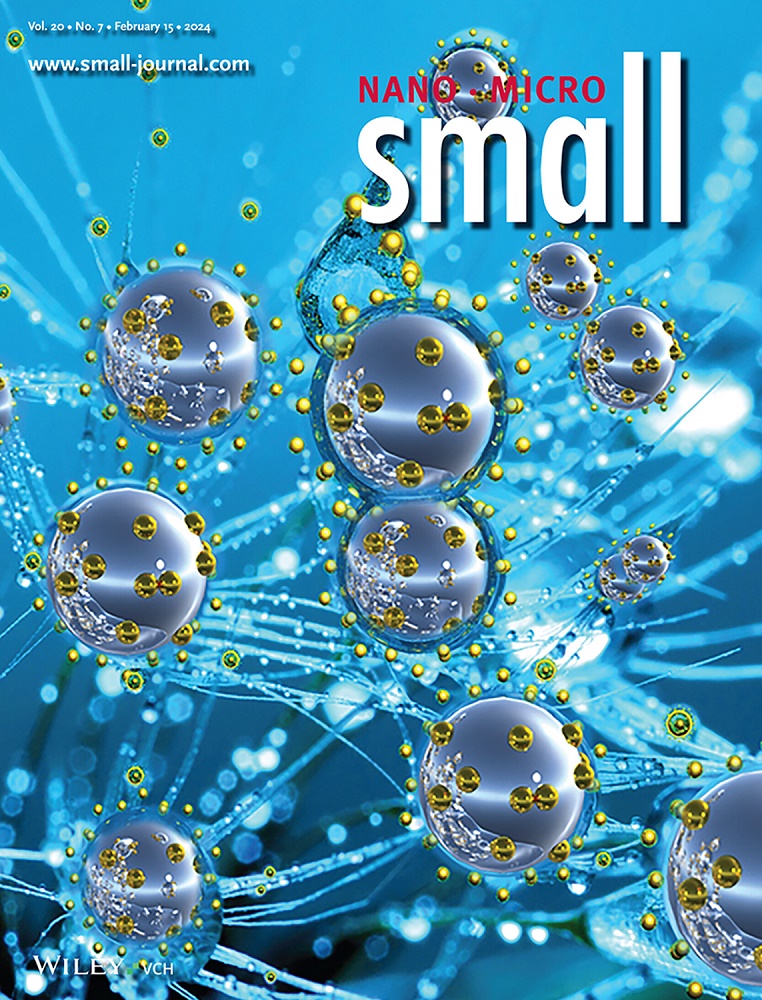Superior Cycling Stability in Zinc-Ion Batteries with Ca2+-Induced Cathode-Electrolyte Interface and Phytic Acid: Experimental Validation of Theoretical Predictions
IF 13
2区 材料科学
Q1 CHEMISTRY, MULTIDISCIPLINARY
引用次数: 0
Abstract
This study investigates the impact of Ca2+ and phytic acid (PA) pre-insertion on the performance of vanadium oxide (V6O13) as a cathode material for aqueous zinc-ion batteries. Ab initio molecular dynamics (AIMD) simulations reveal that the diffusion coefficient of Ca2⁺ is higher than that of Zn2+, leading to the preferential extraction of Ca2⁺. The extracted Ca2⁺ readily forms a dense cathode-electrolyte interphase (CEI) with SO₄2− on the electrode surface, effectively mitigating electrode dissolution. Furthermore, density functional theory (DFT) calculations indicate that the incorporation of Ca2⁺ lowers the diffusion energy barrier for Zn2⁺, facilitating its diffusion. Additionally, PA insertion stabilizes the interlayer spacing of V6O13, and its strong chelating ability stabilizes the structure by preventing collapse during cycling. Experimental validation through a one-step solvothermal method confirms these theoretical predictions. The CaVO-PA composite exhibits excellent cycling stability, with a capacity retention rate increasing from 60% to 102% after 3000 cycles at 10 A g−¹. Even at 20 A g−¹, it delivers a specific capacity of 170.2 mAh g−¹ with stable Coulombic efficiency. After 10 000 cycles, the capacity shows no significant degradation, demonstrating superior cycling stability and high current tolerance, thereby confirming the effectiveness of the CEI and PA in enhancing electrochemical performance.

求助全文
约1分钟内获得全文
求助全文
来源期刊

Small
工程技术-材料科学:综合
CiteScore
17.70
自引率
3.80%
发文量
1830
审稿时长
2.1 months
期刊介绍:
Small serves as an exceptional platform for both experimental and theoretical studies in fundamental and applied interdisciplinary research at the nano- and microscale. The journal offers a compelling mix of peer-reviewed Research Articles, Reviews, Perspectives, and Comments.
With a remarkable 2022 Journal Impact Factor of 13.3 (Journal Citation Reports from Clarivate Analytics, 2023), Small remains among the top multidisciplinary journals, covering a wide range of topics at the interface of materials science, chemistry, physics, engineering, medicine, and biology.
Small's readership includes biochemists, biologists, biomedical scientists, chemists, engineers, information technologists, materials scientists, physicists, and theoreticians alike.
 求助内容:
求助内容: 应助结果提醒方式:
应助结果提醒方式:


